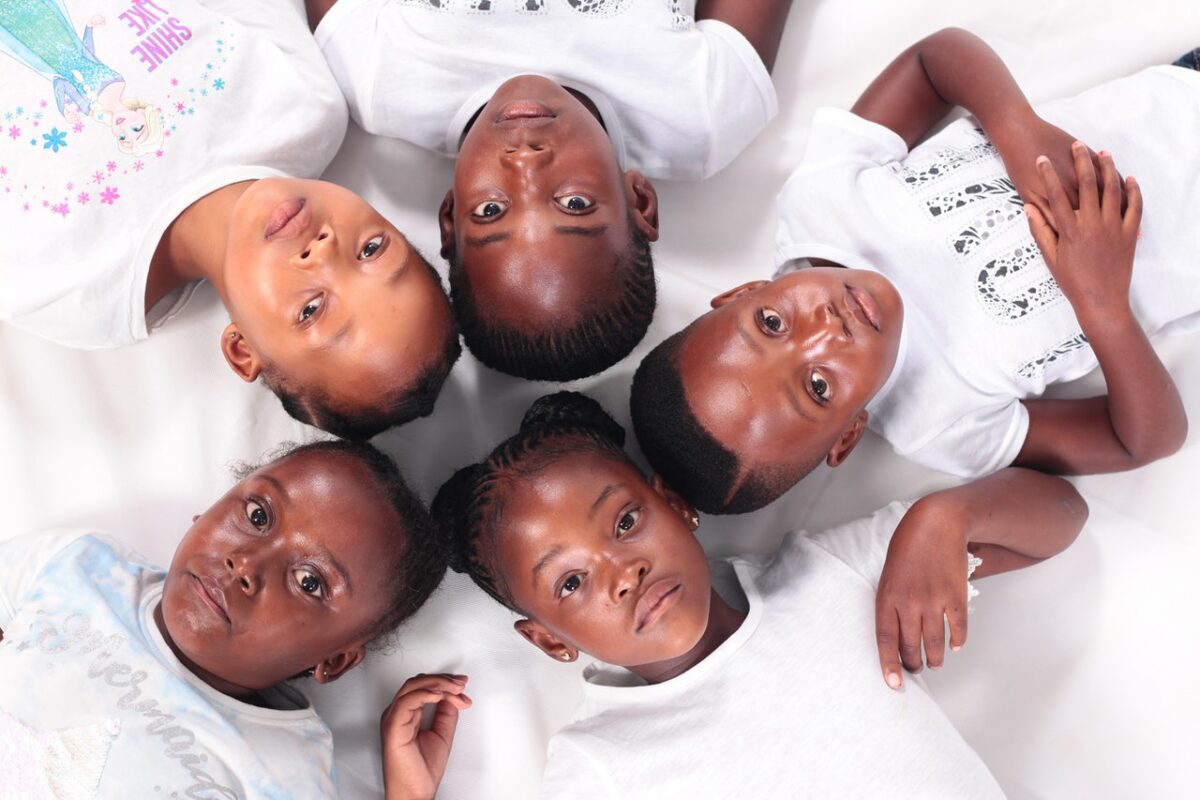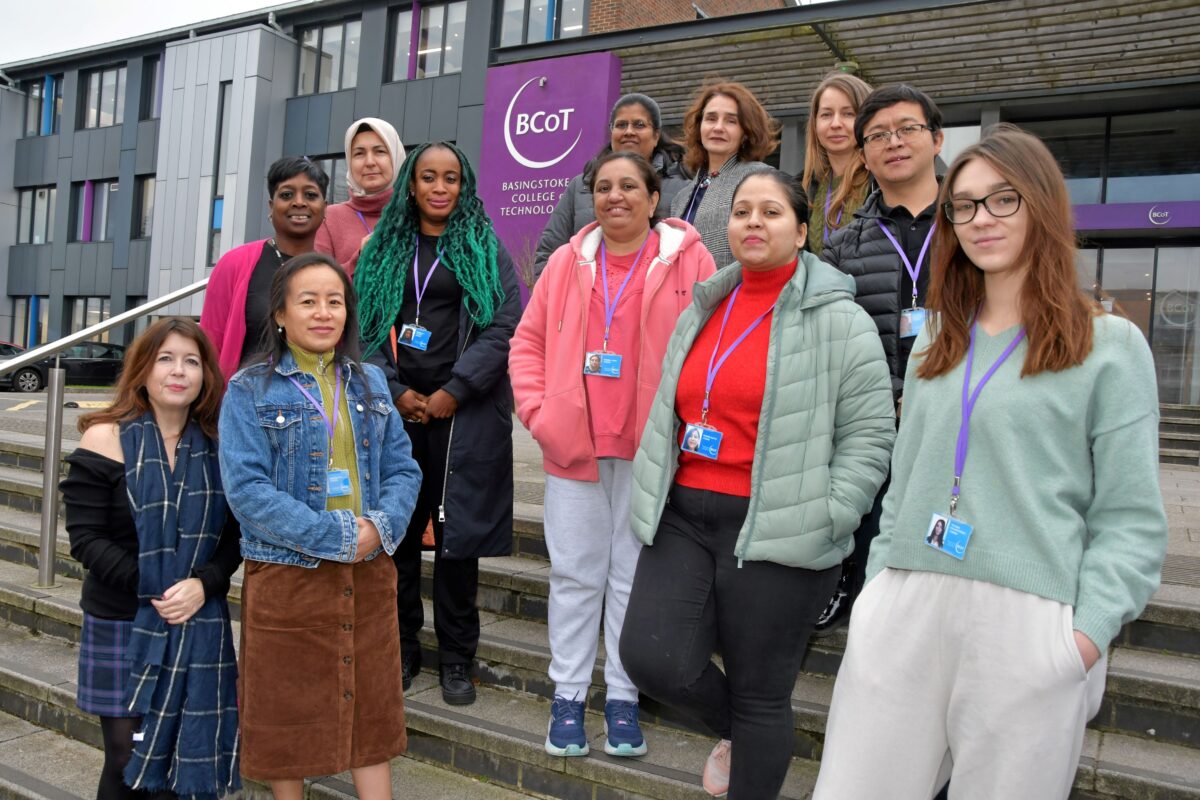Ethnic inequalities in educational attainment have been significantly reduced over the last twenty years

Carried out by a team from seven universities, led by Professor Paul Bywaters of University of Huddersfield, the Child Welfare Inequalities Project studied 6,000 children in England on child protection plans and 8,000 children in care, across a representative sample of 18 local authorities.
Professor Paul Bywaters, said:
“Gaps in educational attainment have been significantly reduced over the last twenty years. Reducing inequalities in care rates should become a central government policy objective for the Department for Education.
“The scale of the inequalities has considerable implications for the direction of children’s services and for how scarce funding is spent. If the proportion of children in care in all other groups was reduced to that for ‘Asian Indian’ children, spending would be reduced by 90%”
There are extreme inequalities between ethnic groups in the proportions of children being looked after in care in England, according to new Nuffield-funded research.
‘Black Caribbean’ children are 20 times more likely to be in care than ‘Asian Indian’ children.
‘White British’ children are ten times more likely.
These inequalities are poorly understood and little attention is paid to them in children’s services policy.
The implications for social justice are profound. So are the implications for the funding of services.
A number of headline findings came out of the work:
- Disproportionate numbers of children from Bangladeshi, Pakistani, Caribbean and African backgrounds live in disadvantaged neighbourhoods. Around three quarters of all children from these groups live in the most deprived 40% of small neighbourhoods in England, while ‘White British’ and ‘Asian Indian’ children are distributed more evenly.
- ‘Asian’ children overall are almost three times less likely to be in care than ‘White’ children and almost four times less likely than ‘Black’ children.
- But there are also big differences between ‘Indian’, ‘Pakistani’ and ‘Bangladeshi’ children, with ‘Indian’ children rarely the subject of children’s services involvement.
- Black African’ children in higher deprivation neighbourhoods are much less likely than ‘White British’ children to be in care or on a protection plan. But in low deprivation areas where they are few in number they are more likely than ‘White’ children to be in care.
- ‘Black Caribbean’ children at all levels of neighbourhood deprivation are more likely than ‘White British’ children to be in care. Amongst 16 and 17 year olds, 1 ‘Black Caribbean’ child in 30 was in care, compared to 1 in 100 ‘White British’ children.
- The proportion of children from minority ethnic groups in different local authorities varied from almost none to around four in five leading to large differences in demands on services.
The study highlighted various areas for concern, which included:
- Policy makers and researchers appear to have paid little attention to ethnic inequalities in children’s services over the past twenty years. We do not have the evidence we need to explain these differences in care rates.
- We do not know enough about the factors behind the large inequalities in family economic circumstances. And we do not know enough about the differential rates of children in care.
- Simplistic assumptions about strong extended families cannot explain why there are large differences between ‘Indian’, ‘Pakistani’ and ‘Bangladeshi’ sub-groups.
- Simplistic assumptions about ‘Black’ families cannot explain the large differences between ‘Caribbean’ and ‘African’ children.
- Low rates in care may mean some children in need are being missed or that some communities are more effective in supporting children’s development than others. But we need better information.
- High rates bring high costs, both personal and economic.











Responses